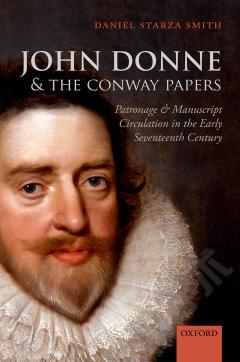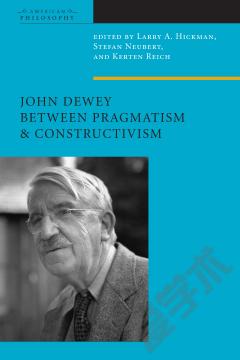Aural Design and Coherence in the Prologue of First John
Unlike literature in the modern western world, ancient documents were typically crafted for the ear rather than the eye. This new investigation of the structure of 1 John's Prologue analyzes the oral patterning and resulting soundscape reflected in this key New Testament passage. After discussing contemporary techniques of sound analysis and establishing the study's methodological approach, Brickle examines the Prologue's aural profile. Here we begin to explore, describe, and depict graphically the patterns of sound that emerge as the text is read aloud. Brickle uses the approaches to Greek pronunciation and orality advocated in the recent New Testament research to determine the impact on the Prologue's soundscape, followed by an analysis employing the principles for beautiful and effective composition elucidated by the ancient teacher of rhetoric, Dionysius of Halicarnassus, in his treatise, On Literary Composition. A final section draws together the results and implications of the study before suggesting further ways to apply research in orality, performance, and memory to the Prologue and other ancient texts.
{{comment.content}}








 京公网安备 11010802027623号
京公网安备 11010802027623号